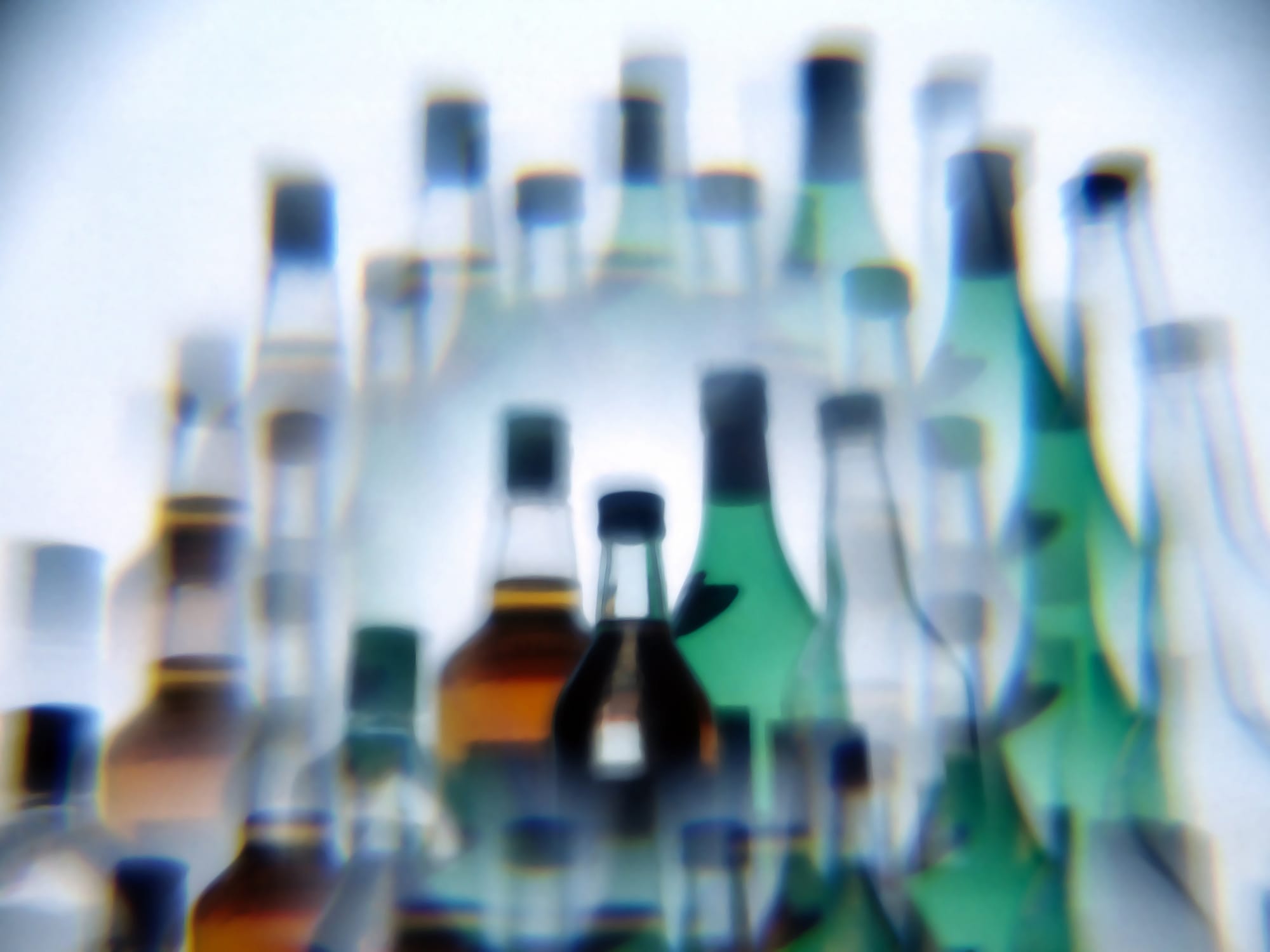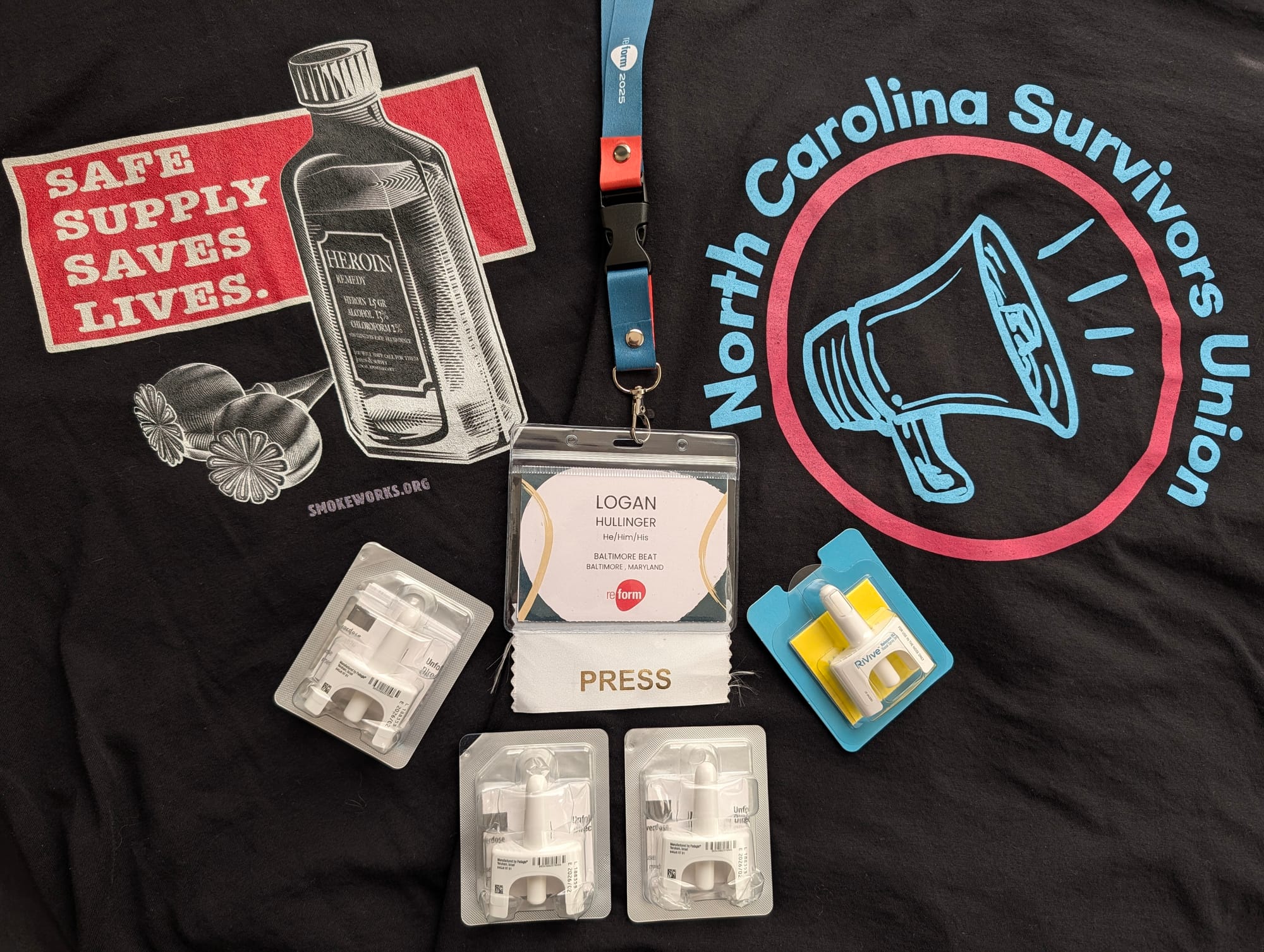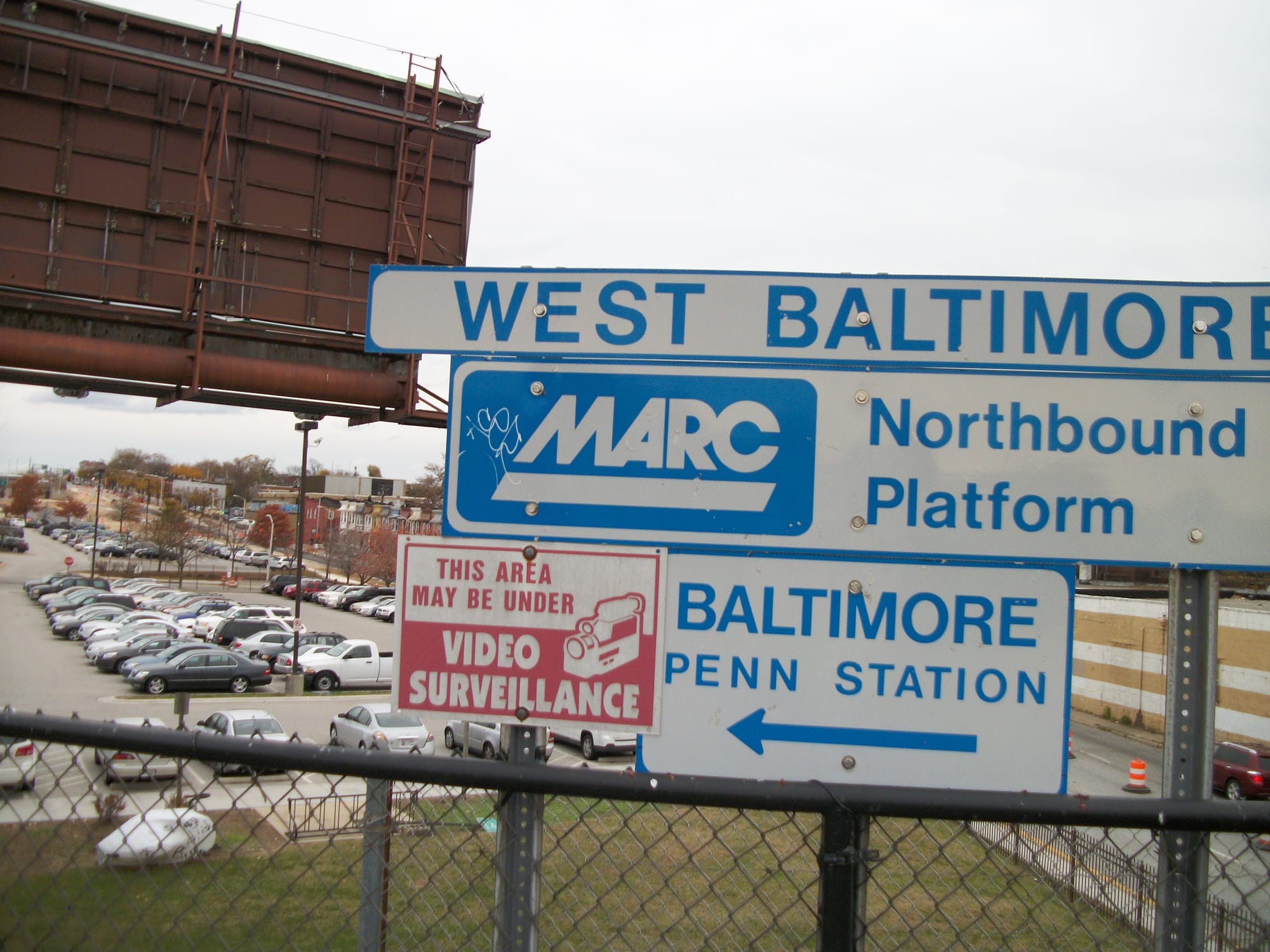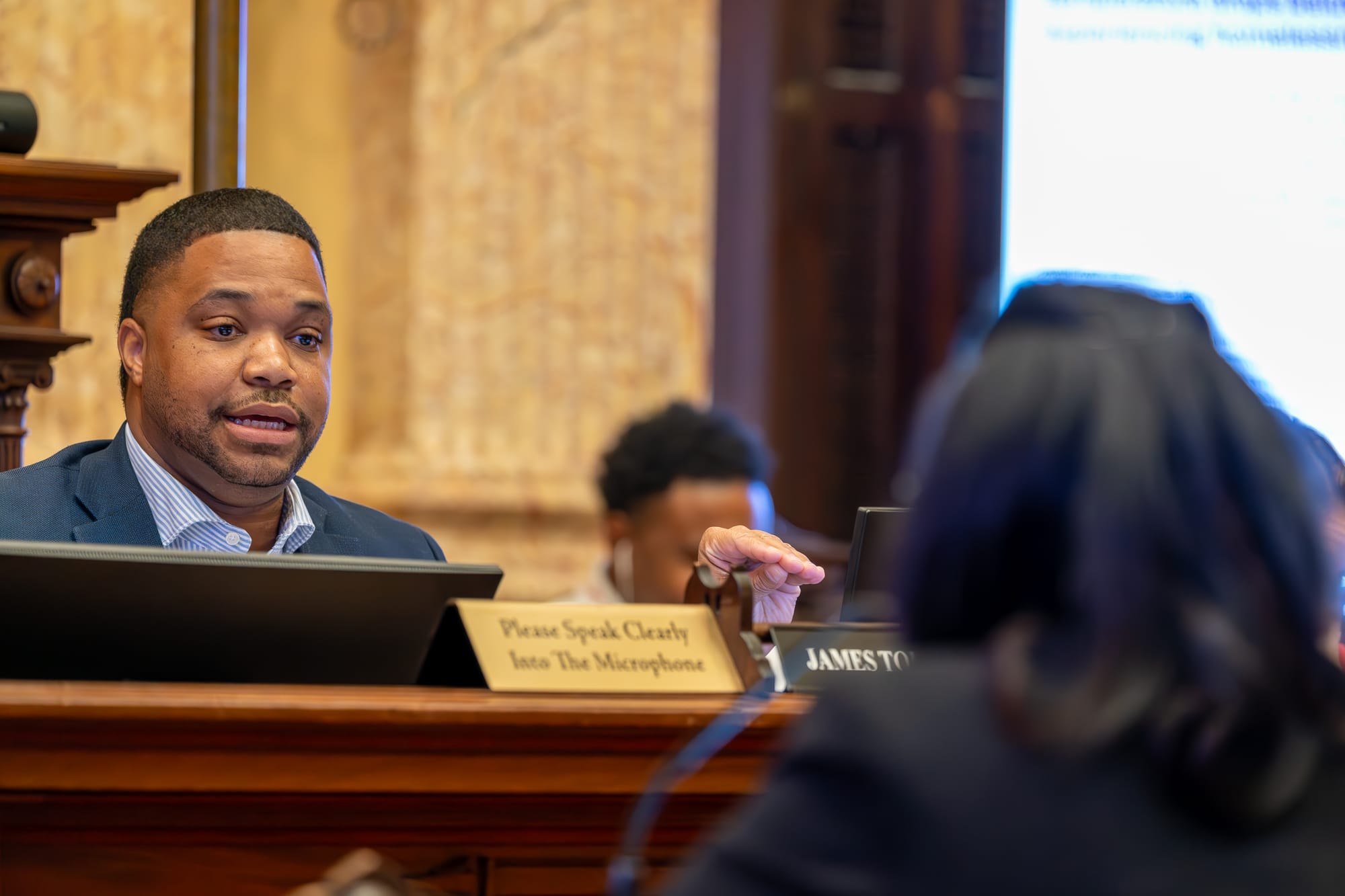
As we enter the final stretch of 2025, it seems that every month is arbitrarily designated as a holiday or some sort of month-long challenge. The most recent craze is "Sober October," which calls upon people to temporarily abstain from alcohol.
Like "Dry January," proponents of Sober October cite the numerous health benefits of cutting back alcohol consumption, including better sleep and more energy. Long-term benefits include lower blood pressure and a lower risk of cancer. Yet many of those who opt to participate may not realize that putting down the bottle for the sake of health benefits is a way of taking part in harm reduction.
"Harm reduction is a set of practical strategies and ideas aimed at reducing negative consequences associated with drug use," according to the National Harm Reduction Coalition.
Yes, alcohol is a drug.
These holidays and month-long challenges are representative of the normalization of harm reduction, which has been a slow and uphill battle since the movement's inception during the HIV/AIDS crisis.
Decades later, many people have come to associate harm reduction with sterile syringes, wound care and naloxone access. And while those things are cornerstones of reducing the harms associated with drug use, they can alienate much of the general public.
In an effort to pitch harm reduction to those individuals, many people in the movement have compared it to wearing a seatbelt. If you wear one, you drastically reduce the likelihood of fatal injuries in a car crash.
Sounds straightforward.
These comparisons are helpful, especially considering that widespread stigma and animosity toward drug users have skewed people's views of a movement that exists to keep those who use substances alive. Despite the plethora of evidence supporting the efficacy of harm reduction, many people — including politicians who have the power to enact reforms — view it as enabling drug use.
At the same time, comparisons between harm reduction and everyday tasks may unintentionally sanitize the movement, which is radical both in its compassion for drug users and in its advocacy for their right to autonomy.
Enter Dry January and Sober October, which may be a reason to take a tolerance break for some and a period of rejuvenation for others.
The benefit of creating a link between periods of abstinence or reduced intake and harm reduction is that it's just as straightforward as the seatbelt scenario. But it's also directly dealing with substances that can be detrimental to one's health.
Temporarily abstaining reduces harm. Drinking lower-ABV drinks reduces harm. Drinking water on a night out reduces harm. These are things that the average person can likely wrap their head around.
Now, obviously, drinking alcohol is significantly more socially acceptable than injecting fentanyl.
Some people still are not going to be able to make the final connection, jumping on the harm reduction bandwagon and realizing that the only reason the discrepancy between alcohol and "hard drugs" exists is because of drug-war propaganda and a meaningless drug classification system.
However, it gets them closer. Harm reduction is a radical movement, but it unfortunately often requires an "inch by inch" approach to convince both average people and those in power to embrace evidence-based public health strategies that have repeatedly been proven to save lives.
Based on the facts, it seems silly that someone wouldn't jump on board. But for some historical context, the adoption of drug policy reform in the U.S. has been mind-numbingly slow.
Baltimore's syringe service program, for example, was first adopted in 1994. There have been few, if any, significant drug policy advancements since then, although SSPs have undoubtedly become less controversial than they once were.
Another key example is overdose prevention centers. Despite other nations having them for decades, they didn't open within U.S. borders until the past few years — and those opened without being sanctioned by federal law or, in the case of New York City, without state law, either.
Harm reduction strategies can vary, whether it's simple naloxone distribution or OPCs, and it's become clear that some things are easier to stomach than others.
The reality of harm reduction advocacy is that the movement was dealt a terrible hand. It's up against a more than century-long death campaign known as the War on Drugs, and undoing the harms and flawed perceptions of drugs makes normalizing harm reduction an uphill battle.
As we've seen with these silly month-long challenges, though, progress is being made — even if those who participate don't know it.
The normalization process speaks to the importance of advocacy and organizing, which thrusts the movement into the eyes of the general public. And whatever pace at which drug policy advances, a concerted effort to fight for the rights of those who use drugs must remain constant.
Change may come slowly; perhaps things will accelerate in due time. But we can't afford to rest as our neighbors continue to die preventable deaths at astronomical rates.

Last week's newsletter: "A deeper look into Baltimore's crackdown on its most vulnerable residents"
For years, Baltimore officials have feigned a shift of focus toward harm reduction, claiming they have drug users' best interests at heart. Yet drug-war policing and other forms of crackdowns have continued — and they've only gotten worse.
Data obtained by Mobtown Redux shows that the Baltimore Police Department has ramped up arrests for minor drug offenses, including simple possession charges, outpacing the type of drug enforcement its top brass claims to prioritize. As of Sept. 6, there was a 21% increase in arrests for misdemeanor offenses over the same period last year, whereas felony-related arrests increased by 12%. The data tracks with remarks made by Police Commissioner Richard Worley earlier this month, when he revealed that the cops have been targeting drug users for arrest and using them as pawns to get to suppliers.
Despite the cruelty of the department's strategy, city leaders and much of the public haven't put up a fight to protect their vulnerable neighbors.
Read the full newsletter here.
Mobtown Redux's Overdose Data has been updated with the latest local, state and national data
Baltimore's overdose death toll in 2024 remained at 778 this month — this is preliminary data that's subject to change as causes of death are determined. That marks a 25.4% decrease from the year prior.
In the 12-month period ending in August, Baltimore saw 559 deaths, a death rate of 95.4 per 100,000 people. Statewide, there were 1,338 deaths, a death rate of 21.7 per 100,000 people.
The data indicates that fatal overdoses continue to trend downward after years of climbing, though poor Black neighborhoods in West Baltimore continue to suffer the most.
Check out Mobtown Redux's Overdose Data Dashboard here.
Click here to learn more about harm reduction resources in the Baltimore area.
Filter: "In-Hospital Drug-Use Study Shows Lived Experience Key to Better Policies"
Patients using nonprescribed drugs in the hospital is a common issue, and raises dilemmas. Health care workers have genuine concerns about medical and safety impacts, but also reactions rooted in stigma—which can often result in people who use drugs being mistreated, leaving care or choosing not to return if future care is needed.
So what’s the best approach? A recent study, published in JAMA Network Open, sought answers—and in doing so, underlined the importance of involving people with lived experience in policy decisions.
Click here to read the full article.









Comments